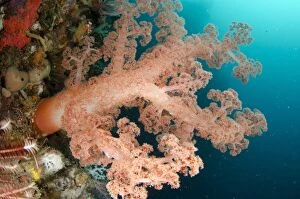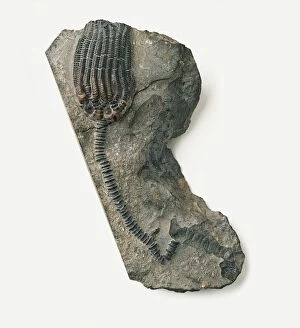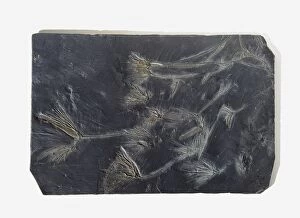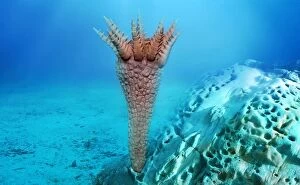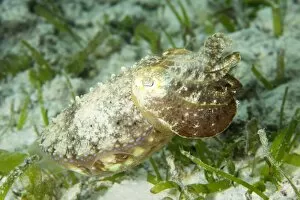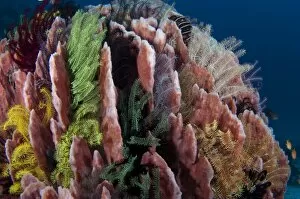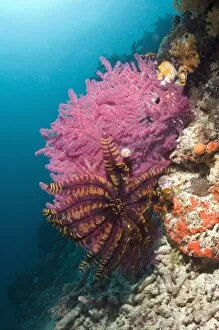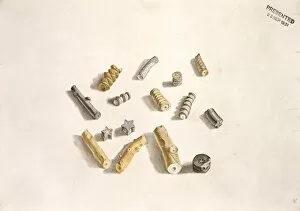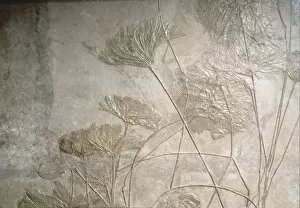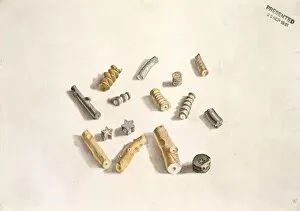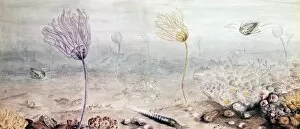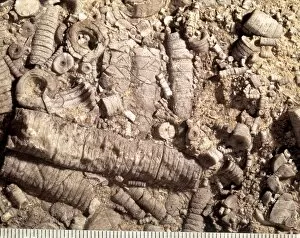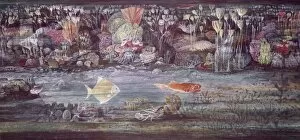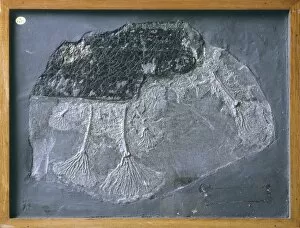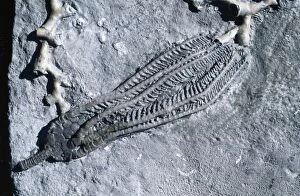Crinoid Collection (page 6)
"Unveiling the Mysteries of Crinoids: Ancient Marine Reptiles and Fossil Sea Lilies" Step back in time to 1862
All Professionally Made to Order for Quick Shipping
"Unveiling the Mysteries of Crinoids: Ancient Marine Reptiles and Fossil Sea Lilies" Step back in time to 1862, when British prehistoric marine reptiles fascinated scientists with their enigmatic existence. These extinct creatures, known as crinoids, roamed the oceans during the Triassic period approximately 240 million years ago in Northern Germany. Imagine holding a piece of history in your hands – a crinoid fossil resembling delicate "Sea Lilies. " These fascinating remnants offer glimpses into an ancient world that once thrived beneath the waves. Did you know that St. Cuthbert's Beads were rosaries made from crinoid columnals? These beads served as a spiritual connection for many, reminding them of these magnificent beings that once inhabited our planet. Picture No. 11051743 captures a mesmerizing scene where Doryaspis swim gracefully amidst a bed of Anthozoa. This breathtaking image showcases nature's intricate beauty and reminds us of the diverse ecosystems that existed long before our time. But they are not alone in this underwater wonderland; ammonites coexisted alongside them, creating an awe-inspiring sight. Their coiled shells tell tales of resilience and adaptation throughout Earth's history. Deep within Loch Duich in Scotland lies another hidden gem – deep red Feather star shrimp crawling secretly amongst the arms of a Feather star. Witnessing this symbiotic relationship between species is truly remarkable and highlights nature's interconnectedness. Venturing further into the depths, we encounter another stunning sight – a Crinoid or feather star resting on Violescent sea whip or Red sea fan. The vibrant colors create an ethereal ambiance reminiscent of an underwater paradise found off Mediterranean shores. Traveling across vast oceans brings us to Tenerife in Canary Islands, where we discover the Atlantic feather star thriving amidst its surroundings. Its graceful movements captivate observers while reminding us of the resilience of these ancient creatures.



